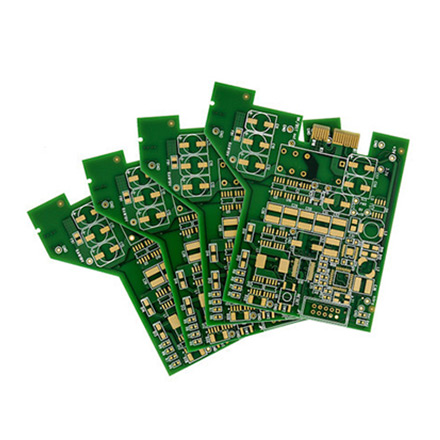

Low e2 glass, or low-emissivity glass, is a remarkable innovation in the field of energy-efficient building materials. This advanced glazing technology plays a crucial role in enhancing the thermal performance of buildings, thereby contributing to energy conservation and environmental sustainability.
The primary function of low e2 glass is its ability to reflect infrared light while allowing visible light to penetrate. This selectively reflective property prevents heat from escaping during the winter months while keeping excessive solar heat outside during the summer. As a result, buildings equipped with low e2 glass can maintain a more consistent indoor temperature, reducing the reliance on heating and cooling systems. This ultimately leads to lower energy bills and a reduced carbon footprint, making it an attractive option for eco-conscious consumers.
Manufactured with a thin metallic coating, low e2 glass differs from traditional glass by minimizing heat transfer. The low e designation refers to the low emissivity of the glass surface, which is designed to limit the amount of infrared radiation that can pass through. This feature is particularly beneficial in climates with extreme temperatures, where energy efficiency becomes essential for comfort and cost savings.

In addition to its thermal properties, low e2 glass also offers aesthetic advantages
. The clarity and transparency of the glass allow for ample natural light, enhancing the ambiance of interior spaces without compromising energy efficiency. Architects and designers increasingly favor low e2 glass in contemporary building designs, recognizing its ability to blend function with beauty.Moreover, the benefits of low e2 glass extend beyond individual buildings to impact the broader community. By reducing energy consumption, buildings utilizing this technology contribute to lower overall demand on power grids, which can reduce the likelihood of blackouts and minimize the environmental impacts associated with energy generation. This is especially significant in urban areas where energy needs are often amplified.
In summary, low e2 glass represents a significant advancement in energy-efficient building materials, offering superior thermal performance without sacrificing aesthetic appeal. Its ability to reflect heat while allowing natural light to enter makes it an essential component for any modern, energy-conscious building project. With ongoing advancements in this technology, we can anticipate even greater improvements in energy efficiency, sustainability, and overall building performance in the future. As more builders and homeowners recognize these advantages, low e2 glass will undoubtedly continue to gain popularity and become a staple in energy-efficient construction.